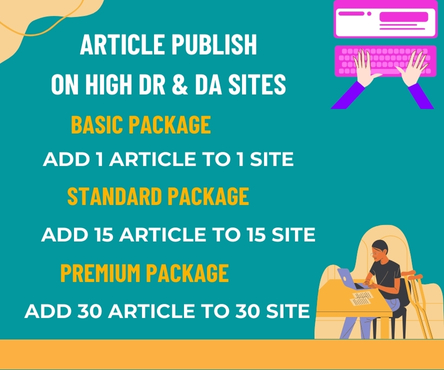Urinary incontinence is a prevalent yet often stigmatized condition that affects millions of people worldwide, transcending age, gender, and socioeconomic boundaries. The inability to control bladder function can significantly impact an individual’s quality of life, causing emotional distress, social isolation, and decreased self-esteem. However, with advancements in medical technology and a growing understanding of pelvic health, there are numerous treatment for urinary incontinence options available to address urinary incontinence. Meet
Understanding the Types of Urinary Incontinence
Before exploring treatment options, it’s essential to comprehend the different types of urinary incontinence. The most common forms include:
- Stress Urinary Incontinence (SUI): Characterized by involuntary urine leakage during physical activities that increase abdominal pressure, such as coughing, sneezing, or exercise.
- Urge Urinary Incontinence (UUI): Involves a sudden, intense urge to urinate, often resulting in involuntary urine loss.
- Mixed Urinary Incontinence (MUI): A combination of SUI and UUI symptoms.
- Overflow Urinary Incontinence: Occurs when the bladder becomes overdistended, leading to involuntary urine leakage.
Treatment Options for Urinary Incontinence
Fortunately, various effective treatment options are available to manage and alleviate urinary incontinence symptoms. These include:
- Pelvic Floor Exercises: Also known as Kegel exercises, these strengthen the muscles that support the bladder and urethra, improving bladder control.
- Behavioral Therapies: Modifying lifestyle habits, such as dietary changes, bladder training, and fluid management, can significantly reduce symptoms.
- Medications: Various pharmaceuticals, including anticholinergics and beta-3 adrenergic agonists, can help manage UUI and MUI symptoms.
- Surgical Interventions: Procedures like midurethral slings, retropubic suspension, and artificial urinary sphincters can provide effective solutions for SUI and MUI.
- Minimally Invasive Treatments: Options like bulking agents, botulinum toxin injections, and sacral nerve stimulation offer alternative solutions for managing urinary incontinence.
- Absorbent Products: While not a treatment per se, absorbent products like adult diapers and pads can provide protection and confidence for individuals with urinary incontinence.
Seeking Help and Breaking the Silence
Despite the prevalence of urinary incontinence, many individuals suffer in silence, hesitant to discuss their symptoms with healthcare providers. It’s crucial to recognize that urinary incontinence is a treatable condition, and seeking help can significantly improve quality of life.
Conclusion
Urinary incontinence is a complex condition that requires a comprehensive treatment approach. By understanding the different types of urinary incontinence and exploring available treatment options, individuals can take the first step towards regaining bladder control and improving their overall well-being. Don’t let urinary incontinence dictate your life – seek help, break the silence, and take control of your pelvic health. With the right treatment and support, it’s possible to manage symptoms and live a confident, active life.

